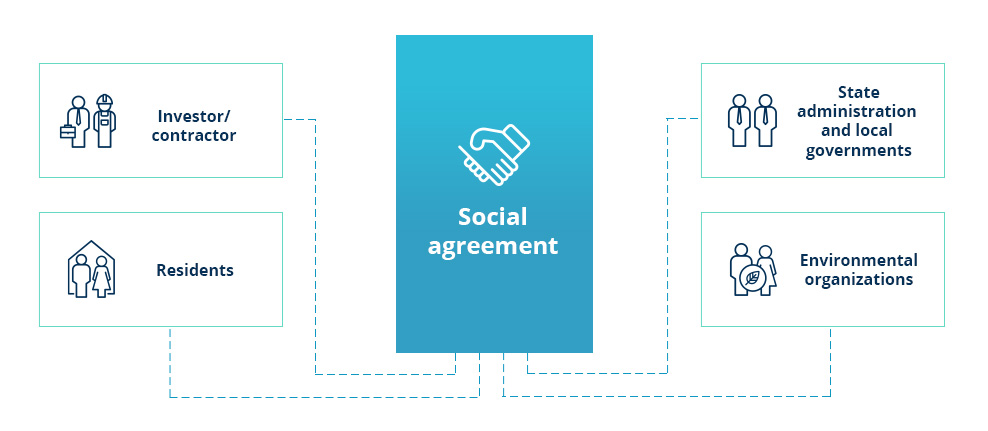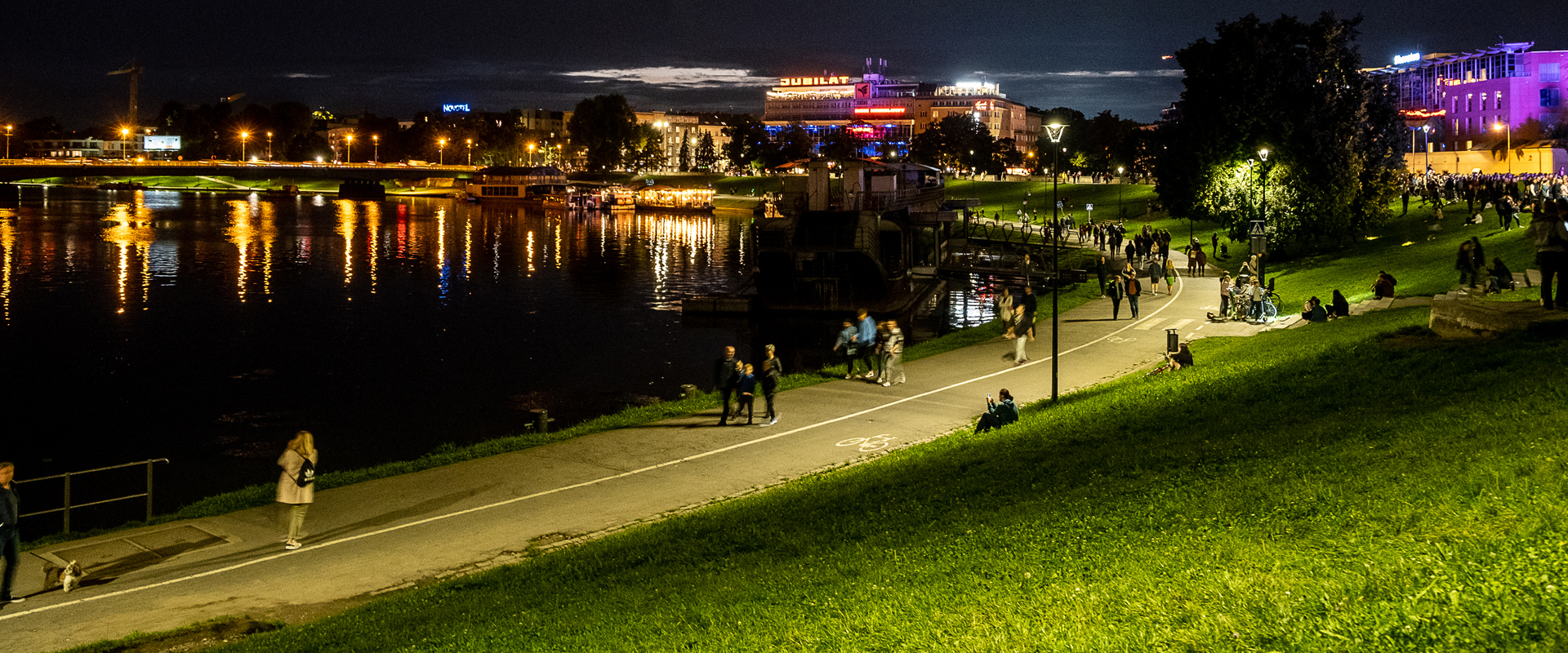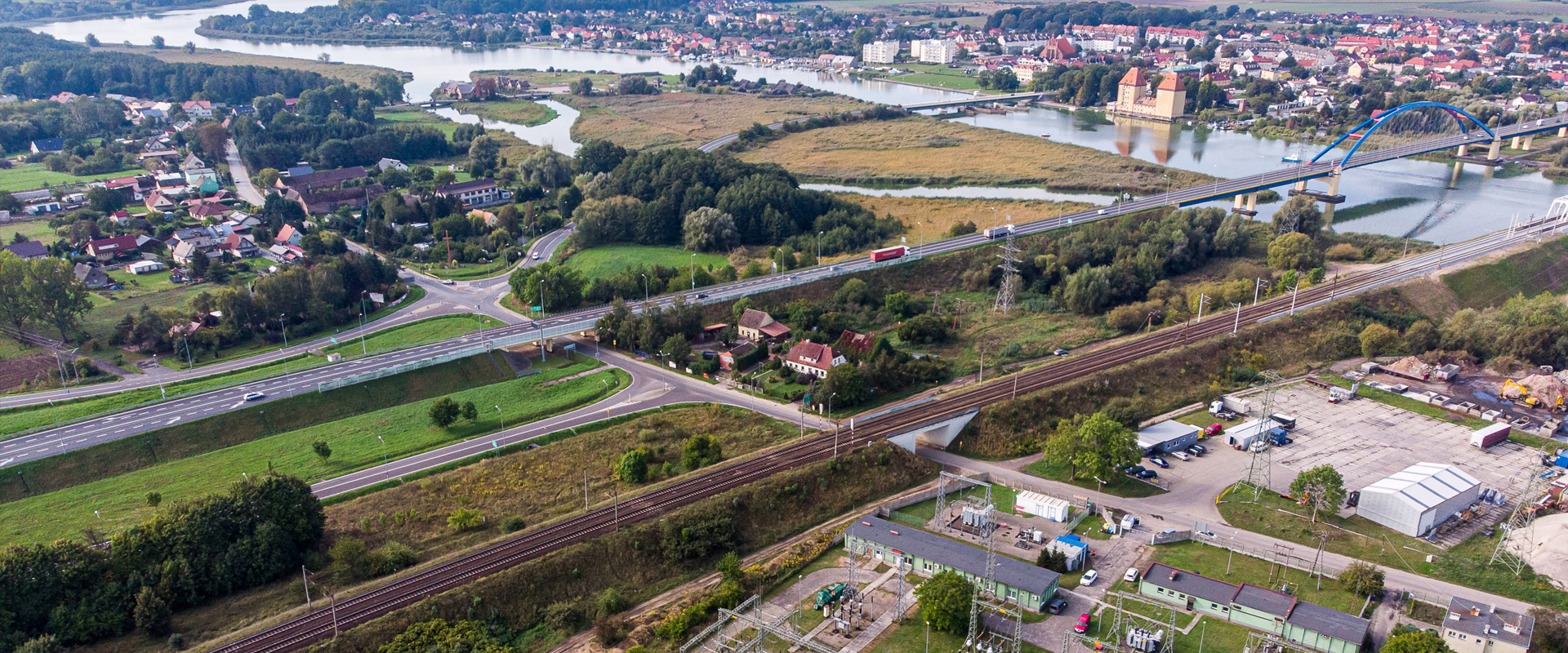| Direct action |
| Regulator |
The President of the ERO is responsible for regulating the energy sector and promoting competition.
Among other things, we agree with the President of URE on the Development Plan in meeting current and future electricity demand and its update. |
Face-to-face meetings, professional conferences, PSE impact report presenting financial and non-financial data in an integrated manner, website. |
| Contractors of investment tasks |
Third party companies selected through public and non-public tenders. They act for and on behalf of PSE, influence the opinions of local communities and local authorities, and shape the image of our company as an investor. |
Face-to-face meetings, industry conferences, internal training, efficient communication in investment tasks as part of the Social Communication Programs (brochures, website, press briefings, conferences, films, educational programs, etc.), defining good communication practices and guidelines, and cooperation as part of the sustainable development principles. |
| Public administration, local authorities |
Transparent and professional information and education activities as part of public communication influence the building of proper relations |
Face-to-face meetings, letters of intent, dedicated specialist conferences, company-wide, specialist and investment task folders, expert magazine, PSE impact report presenting financial and non-financial data in an integrated way, website. |
| Public opinion, local communities |
A key group from the point of view of conducting infrastructure investments. Convincing its immediate neighbors to accept the investment project and establishing a utility easement are crucial to the completion date of the investment task. Contact with the group allows to gain the most social acceptance or work out a compromise. |
Media relations, press articles, websites, Twitter, YouTube, PSE, folders, flyers, educational programs for residents of communes where the investment project is planned, meetings held through contractors and directly. |
| Protest committees, local protest and social actions leaders |
Local initiatives resulting from public disapproval of a proposed solution and representing the interests of the entire community or a selected group. |
Formal correspondence, attendance at meetings and during protest actions. |
| Employees, managerial staff of PSE Capital Group |
Committed and motivated employees, managers and business ethics are the key to a company's effectiveness. The degree to which employees are informed and their level of job satisfaction are critical to building employee engagement. |
Code of ethics and conduct in line with the values, intranet, PSE impact report presenting financial and non-financial data in an integrated manner, information leaflets, communication of strategic projects, surveys, communication of implemented changes, face-to-face meetings, team building meetings, company celebrations, “Przesył” magazine, newsletter. |
| Employees of PSE Capital Group involved in the investment process |
Committed and motivated employees, managers and business ethics are the key to the company's effectiveness. The degree to which employees are informed and their level of job satisfaction are critical to building employee commitment. |
In addition to tools intended for all employees, additional tools to support ongoing works include: specialized folders, dedicated training courses, Q&A documents. |
| Local and regional associations |
Local and regional non-governmental organizations working for the development of a particular area, such as a commune, village or district. |
Providing comprehensive and reliable information on the investment project with particular attention to the planned location and line route, as well as the opinions of representatives of local communities - face-to-face meetings, promotional materials (brochures) and a website. |
| Non-governmental environmental associations and organizationse |
Local, regional and national non-governmental organizations working for the environmental protection, flora or fauna conservation, or active in the development of environmental initiatives in the areas concerned. |
Face-to-face meetings with association representatives, provision of informational materials with particular emphasis on environmental aspects and related investor activities. |
| Business partners |
Companies working with PSE at the pre-investment stage and performing services on PSE's behalf. |
Information on security policies, ISO certifications in place and anti-corruption policies provided by employees at meetings with partners and associates. |
| Indirect action |
| Media (national, regional, professional) |
They provide information and shape opinions about investment projects. |
Press conferences, briefings, workshops for journalists, one-on-one meetings (articles, interviews), Twitter, sponsored articles, newspaper professional supplements, expert magazine, press materials, presentations, website, PSE impact report presenting financial and non-financial data in an integrated manner. |
| Central administration, parliament |
Ministries and central offices, members of parliament – especially those involved in parliamentary committees and teams. |
One-on-one meetings, presentations, brochures, professional and economic conferences, website, PSE impact report presenting financial and non-financial data in an integrated manner, expert magazine. |
| Contracting parties (generating entities, distributors, trading companies) |
A group of contractually bound entities cooperating with PSE on a regular basis. |
One-on-one meetings, professional conferences, workshops, expert magazine, PSE impact report presenting financial and non-financial data in an integrated manner, website. |













 Number of people physically or economically relocated and compensations by project type
Number of people physically or economically relocated and compensations by project type
 2020
2020




